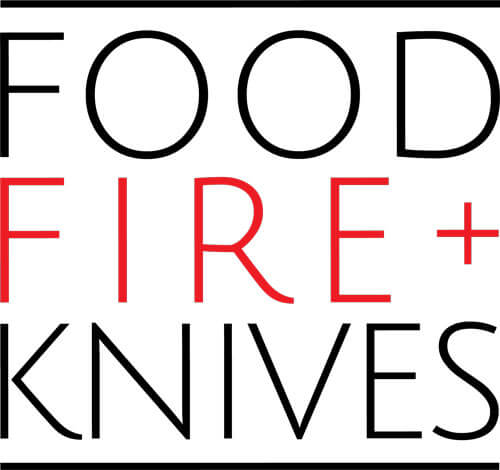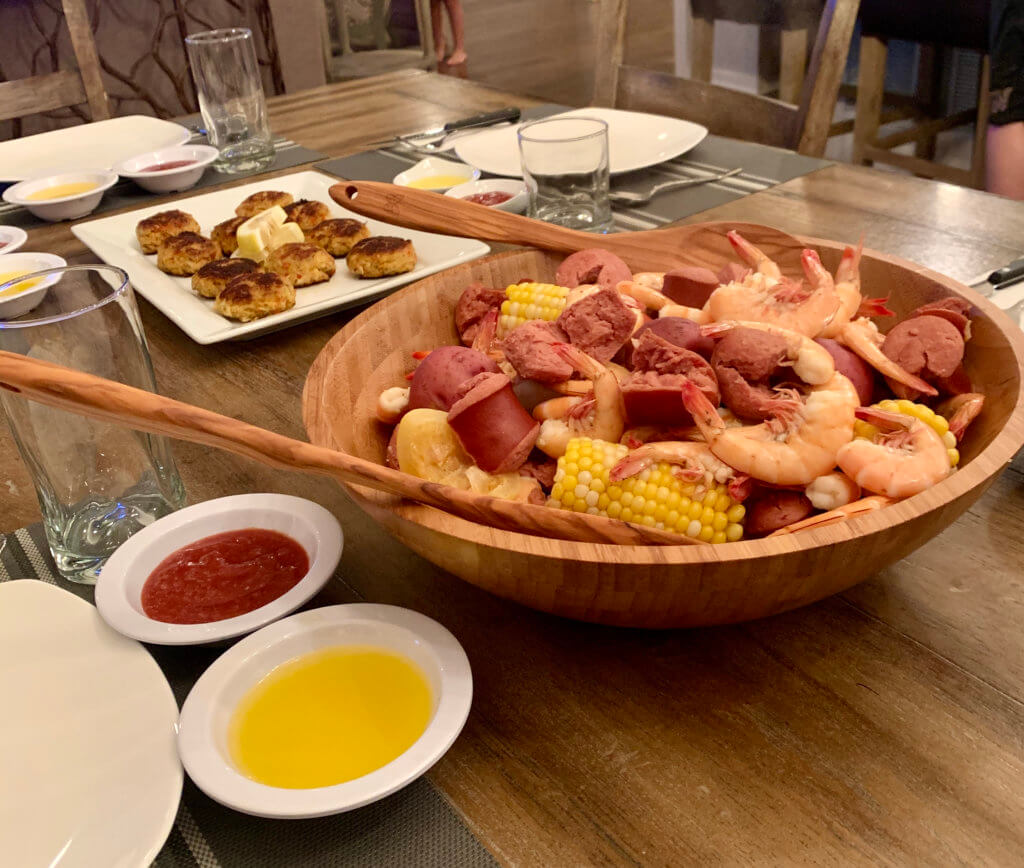The wet cooking methods used in the kitchen can be adjusted to fit a variety of foods and produce a variety of outcomes. In most moist-heat cooking methods, liquid or steam is used. Liquids such as broth and wine, in addition to water, can be used to add flavor to the cooking process. You can make sauce or stock with the leftover liquids from these cooking operations.
If you’re starting as a prep cook or want to see how many you know, we listed the most popular methods below to get you started.
Poaching
Poaching takes place in a modest amount of water at a temperature of 160°F to 180°F. The water heats, with tiny bubbles emerging on the surface and around the pan’s sides. Poaching delicate foods like eggs, poultry, fish, and fruit is a wonderful way to maintain their structure without sacrificing flavor.
Simmering
Simmering is the process of heating a liquid to just below boiling temperature when wet cooking food. Temperatures for simmering range from 185°F to 205°F, or when the liquid you’re cooking with is gently bubbling.
Braising
Braising is cooking vast chunks of meat in a covered dish with a small amount of liquid. Wine, stock, or the meat’s juices are frequently used as braising liquids.
Stewing
Stewing is similar to simmering in that the liquid is heated until small, fast-moving bubbles emerge. The main difference between stewing and simmering is that stewing uses a significantly smaller amount of liquid, retained and served as a sauce with the food. Stewing is an excellent method for softening tough meat cuts or fibrous veggies.
Boiling
The cooking method in boiling water or other water-based liquids is known as boiling (e.g., stock, milk). Boiling water is 212°F or when the liquid you’re cooking with has quick and aggressive bubbles. Items that can tolerate extreme agitation, such as pasta or vegetables, are frequently cooked with this method.
Parboiling
Parboiling is the process of partially cooking foods such as potatoes, carrots, or rice in boiling water until they are done. By parboiling a food guarantees that the various components, which often take longer to cook, are finished at the same rate as other ingredients in the dish.
Blanching
Blanching is cooking food in rapidly boiling water for a brief period and then cooling it in an ice bath to stop the cooking. This method is commonly used to partially cook something or retain or improve color before continuing with another way of cooking (e.g., sauteing, grilling).
Steaming
Steaming is transferring heat from vaporized water or other liquids to food, resulting in cooking.
Additional Tips for Cooking with Moist Heat
- Maintain a cool environment. Liquids must be kept at a low temperature while braising, steaming, poaching, or simmering so that the gradual and even cooking brings out the maximum flavor and tenderness.
- Keep the moisture in your home. To preserve the moisture in your pot, you’ll need a tight-fitting lid. The moist heat cooks the items.
- Experiment with different liquids to see what you can come up with. You can flavor the food by poaching it in juice, stock, or broth.
- Select the appropriate ingredients. When braising, you don’t need to buy pricey cuts of meat. Because this approach softens dishes, it’s ideal to utilize lesser cuts of meat, making it a cost-effective option to include meat in your dinners.
Master These Wet Heat Cooking Methods Today!
Yes, you can use the pointers we have provided to create the most flavorful dishes. But you can master these ways if you learn from someone with in-home chef experience.
At Food Fire + Knives, our private chefs in Charleston can offer you a personalized cooking class to suit your needs and requirements. Call 843-405-3050 to kickstart your culinary journey today!

